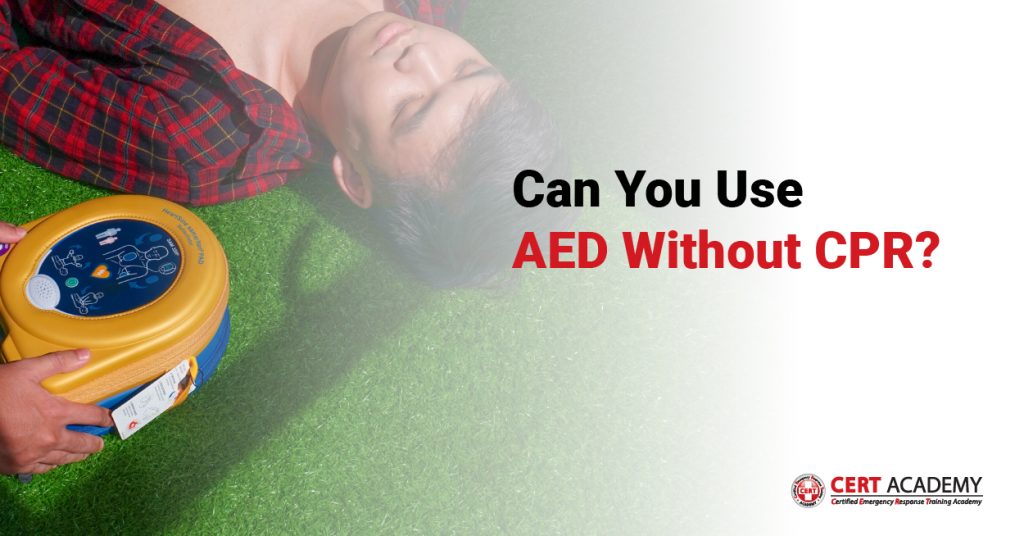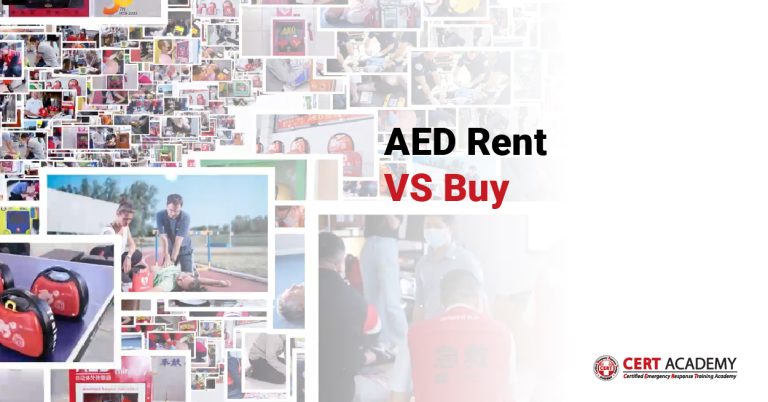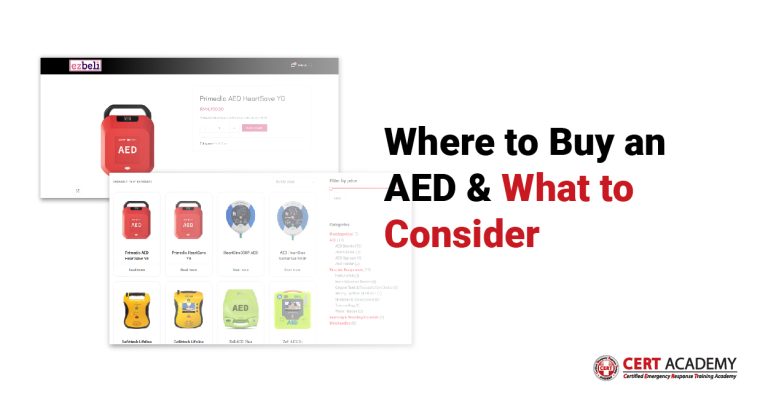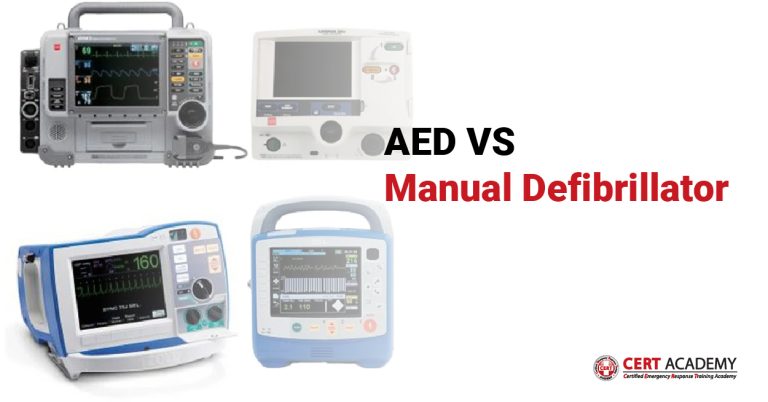Call Us +603-8066 8665
Can you use AED without CPR?
While using an Automated External Defibrillator (AED) in conjunction with CPR is recommended, it is possible to use an AED without performing CPR in certain situations. However, it’s important to note that the ideal response to sudden cardiac arrest involves both CPR and the use of an AED.

There are some key points to consider:
- CPR and AED Combination: The American Heart Association (AHA) and other organizations recommend the combination of CPR and AED for the best chance of survival during sudden cardiac arrest. CPR helps circulate blood and oxygen until the AED is available, and the AED delivers an electric shock to restore the heart’s normal rhythm.
- Early Defibrillation: The primary purpose of an AED is to deliver early defibrillation. The sooner a shock is administered to a person in cardiac arrest, the better the chances of restoring a normal heart rhythm. For this reason, using an AED as quickly as possible is crucial.
- AEDs are Designed for Laypersons: AEDs are designed to be used by individuals with minimal training. They typically provide clear and simple instructions for use. If someone is unresponsive and not breathing normally, and an AED is available, it is advisable to use it as soon as possible.
- Stand-Alone AED Use: In some situations, bystanders or trained individuals may use an AED without immediately performing CPR if the circumstances allow. For example, if a person collapses, someone can call for emergency help, start the AED, and follow the device’s prompts without performing CPR if they are unable or unwilling to do so.
In conclusion, while it is possible to use an AED without CPR, it is still essential to activate emergency medical services (EMS) and seek professional help. CPR remains a crucial part of the chain of survival, and if you are trained in CPR, combining chest compressions with AED use can further improve the chances of a positive outcome. It’s important to note that specific protocols and recommendations may vary by region and organization, so it’s always a good idea to familiarize yourself with local guidelines and receive formal training in CPR and AED use.



